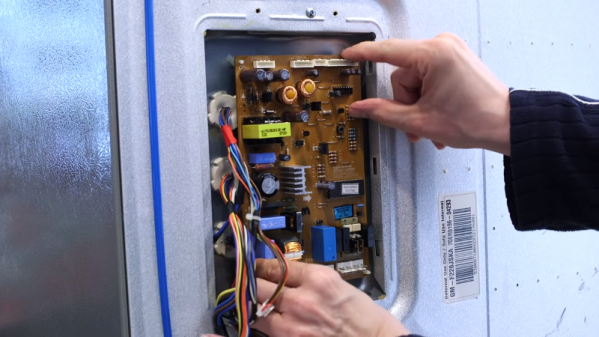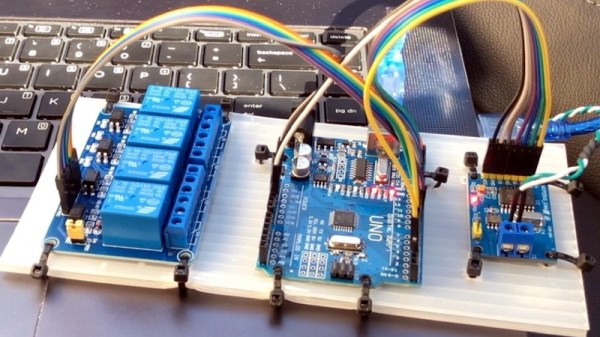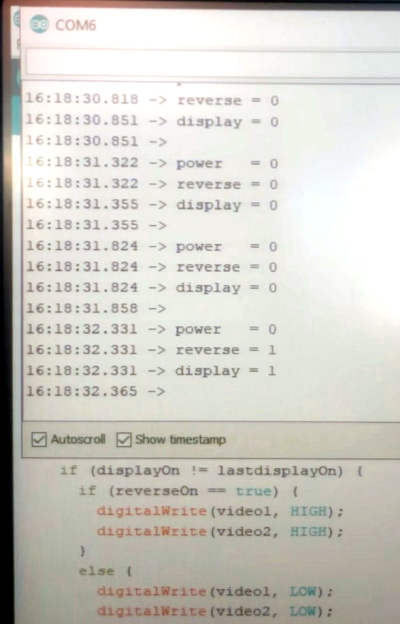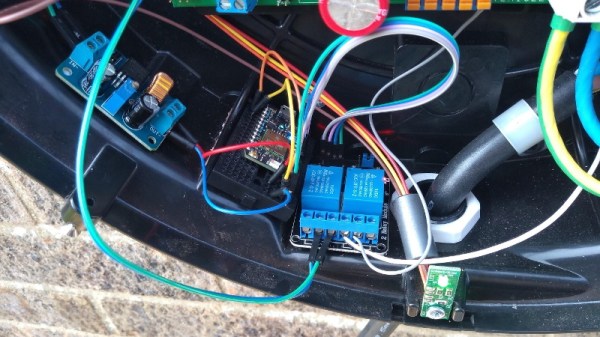If you’re reading this, chances are good that you’re the family IT department. We do what we can to help them, but there’s just no changing the fact that smartphones are difficult to operate with aging eyes and hands. When [sideburn’s] dad started complaining, he took a different approach. Instead of helping his dad adapt, [sideburn] stuffed modern cell phone guts into a 1970s rotary phone — if all you want to use it for is phone calls, why not reach for a battle-tested handset?
[sideburn] figured out the most important part first, which is getting the thing to ring. The bells in those old phones are driven by a huge relay that requires a lot of voltage, so he boosted a 3.2V rechargeable to 34V. Then it was just a matter of getting the GSM module to play nice with the microcontroller, and programming a MOSFET to trigger the boost module that makes the beast jingle.
The worst thing about rotary phones is that they were never meant to be dialed in a hurry. But [sideburn] took care of that. Once Rotocell was up and working, he added an SMS interface that makes the phone a lot more useful. Dad can add contacts to Rotocell by texting the name and number to it from a modern phone. Once it’s in there, he can dial by name, speeding up the process a tiny bit.
The SMS interface can also report back the signal strength and battery level, and will send battery low alerts when it’s under 20%. You can see Rotocell in action after the break.
Got an old rotary or two lying about? If modernizing the internals to make calls doesn’t light up your circuits, try turning it into a voice-controlled assistant instead.
Continue reading “Finally, A Rotary Cell Phone With Speed Dial”


















